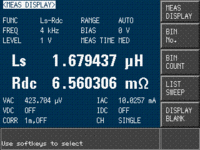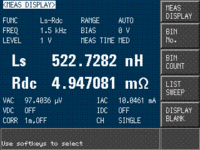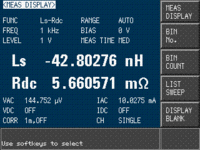sabu31
Advanced Member level 1
Hi all,
I want to measure the leakage inductance of a high voltage pulse transformer. The pulse width is 10us and frequency is 250Hz. The input voltage is to be at 500V and output at 4kV and 66A. I am using interleaved winding ( Secondary Half, Primary, Secondary Half). I am measuring leakage inductance using LCR meter by Keysight. However, at some frequencies I am getting negative inductance. what is the meaning of negative inductance shown in LCR meter. Also is this method of measuring leakage valid for low duty ratio pulse transformer.
I want to measure the leakage inductance of a high voltage pulse transformer. The pulse width is 10us and frequency is 250Hz. The input voltage is to be at 500V and output at 4kV and 66A. I am using interleaved winding ( Secondary Half, Primary, Secondary Half). I am measuring leakage inductance using LCR meter by Keysight. However, at some frequencies I am getting negative inductance. what is the meaning of negative inductance shown in LCR meter. Also is this method of measuring leakage valid for low duty ratio pulse transformer.




